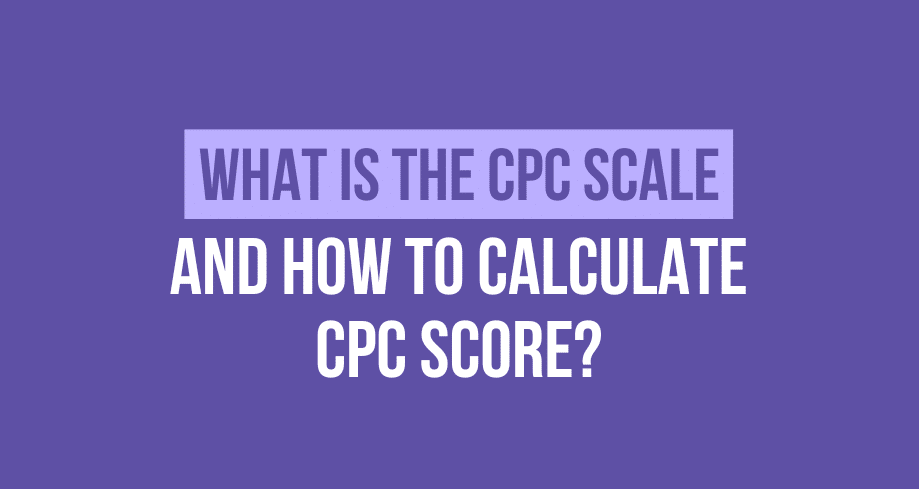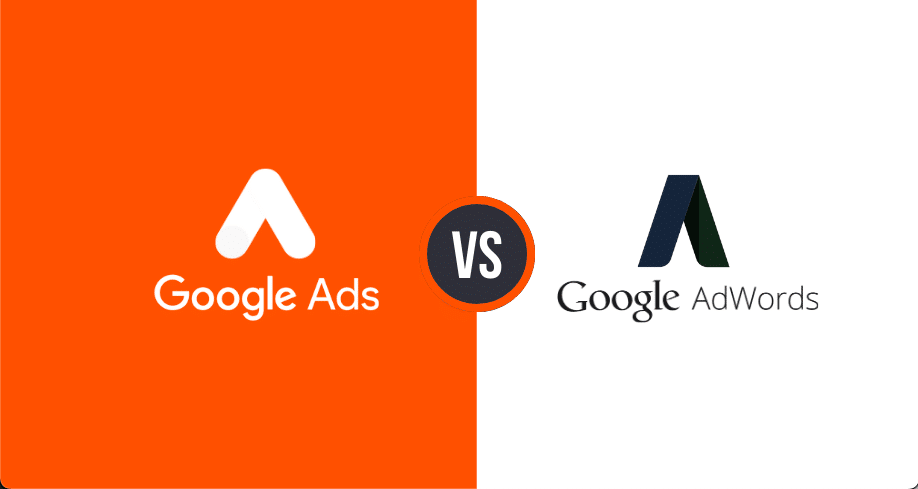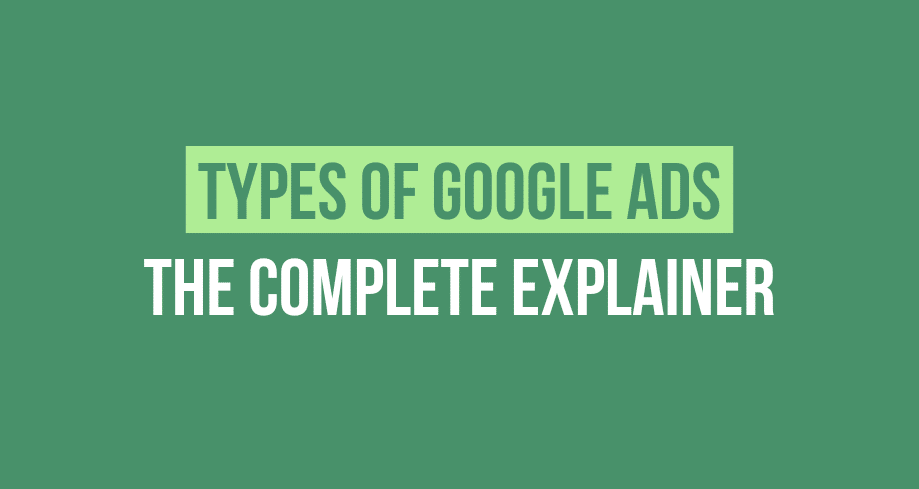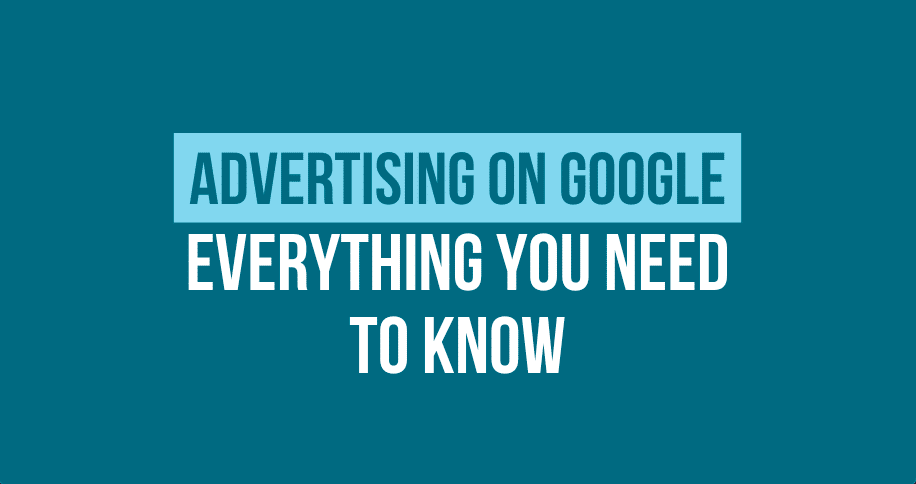Cost-per-click (CPC) is a very common pricing model that is often used in online advertising, where online businesses pay a specific amount each time an ad is clicked.
CPC is one of the most common models used to determine the cost of a paid advertising campaign, and it can be scaled up or down depending on how much you’re willing to spend.
By understanding how CPC works and optimizing your campaigns accordingly, you can ensure that your paid ads are reaching their intended audience without breaking the bank.
What is the CPC Score?
The Cost Per Click (CPC) score is a metric used to measure the efficiency of an advertising campaign.
It measures the cost of each click received from the advertisements placed on various websites, search engines, Google search networks, and social media networks.
This score provides valuable information to advertisers, allowing them to gauge how effective their campaigns drive targeted traffic to their website or landing page.
How to Calculate CPC Score?
You can easily calculate the CPC score of an ad by dividing the total number of clicks by the total cost of an ad campaign. This metric can be used to compare different campaigns and determine which one offers more value for money spent.
Moreover, this score helps advertisers identify which platforms drive more engagement and conversions. For instance, if an advertiser’s campaigns perform better on Google Ads than Facebook Ads, they can focus their efforts on optimizing the former platform for better results.
How does CPC (Cost-Per-Click) Work?
It works by placing an advertisement on a website or search engine, usually in the form of a text link or banner ad. When a user clicks on this ad, the advertiser pays the hosting website for that click. This payment system allows advertisers to control their costs and precisely reach their target audience.
Bidding on Keywords
Manual CPC bidding on keywords related to their product or service to appear higher in search engine rankings.
The Rule of Thumb: The higher an advertiser’s bid for specific keywords, the more likely their ad will appear on the first page of results when these keywords are searched. This helps ensure that your ad will be seen by users who are looking for what you offer and increases the chances of generating high-quality leads.
Set a Minimum Budget
Advertisers also can set a budget limit for CPC campaigns so they know exactly how much they will be spending each month and can adjust accordingly.
As CPC campaigns only charge when someone clicks on an ad, it makes cost-per-click strategies very appealing for small businesses with limited budgets as they don’t have to risk large amounts of money upfront before seeing any return on investment.
What Does Average Cost-Per-Click Mean?
The average cost-per-click (CPC) measures the performance of the campaign by tracking the average amount spent per click over time. It allows advertisers to see what type of return they’re getting on their investment so they can make adjustments if necessary.
The average cost-per-click varies greatly depending on the industry, location, and platform where the ad is being shown. For example, CPCs tend to be higher in competitive industries such as finance or healthcare.
Similarly, CPCs can be higher in certain geographic regions or countries due to demand for the product or service being advertised. Finally, different platforms have different costs associated with clicks – Google Ads tends to be more expensive than Bing Ads apps, for example.
What Types of Ads Are Involved In CPC?
Search Ads
Search engine ads are the most popular type of CPC ad. They appear at the top of search engine results when a user searches for certain keywords or phrases related to specific products or services.
These ads generally feature short headlines and text which link directly to the advertiser’s website when clicked on. They often also include features such as contact forms and location information, which makes them highly effective for driving conversions.
Social Media Ads
Social media ads are another type of CPC ad that has become increasingly popular in recent years.
These advertisements can be placed on various social media platforms, such as Facebook and Twitter, to reach users who have interests similar to those of the advertiser’s target audience. Social media ads often feature eye-catching images and videos alongside engaging copy designed to attract attention and draw users in.
Display Ads
Display Ads use graphical elements such as banners, videos, or photographs to advertise products or services on websites that potential customers visit.
These advertisements can appear in many different formats, including text-based, graphic-heavy banner images, interactive rich media ads with animation or video content as well as expandable ad units that show additional content upon being clicked on by a viewer.
Display Ads are effective for creating brand awareness through repeated exposure since they can be seen multiple times throughout a user’s browsing experience depending on how frequently they visit the website displaying them.
How Do I Calculate Cost Per Click (CPC)?
Cost Per Click (CPC) is an important metric for businesses to consider when evaluating the success of their online ad campaigns. It is calculated by dividing the total cost of a campaign by the total number of clicks it generates. For example, if a campaign costs $100 and generates 1000 clicks, its CPC would be $0.10 ($100/1000).
What is the Maximum Cost Per Click?
The maximum cost per click (CPC) will depend on a variety of factors, including the type of product or service being advertised, the competition within the given market and industry, the quality of the ad copy, and the overall budget. CPC can range from as low as a few cents to hundreds or even thousands of dollars for more competitive keywords and industries.
CPC Differs Based on Your Campaigns
For example, a local business such as a hair salon may expect to pay $1 – $2 per click for their ads if they are targeting a relatively small geographic area.
On the other hand, larger companies with more competitive products or services, such as financial services, can expect to pay significantly more per click – often up to $50 or more per click, depending on their market and industry.
Things to Consider
Advertisers should consider several factors when determining their maximum CPC. For instance, it’s important to calculate how much profit is made from each visitor that comes through an ad to determine how much one is willing to spend on acquiring each visitor.
Optimize Campaigns Regularly
Advertisers should also keep in mind that their ads need to appear frequently enough so that they stay top-of-mind with potential customers while at the same time optimizing campaigns, so they don’t overspend.
With careful budgeting, testing, and optimization, advertisers should be able to find an actual CPC that maximizes their ROI while ensuring that their campaigns remain profitable.
What is the Enhanced Cost Per Click?
The enhanced cost per click (CPC) is an important metric for measuring the success of any paid advertising campaign.
How to Calculate Enhanced CPC?
It is calculated by dividing the total cost of the advertisements by the total number of clicks generated by those ads.
How to Boost CPC?
CPC can be further enhanced by targeting more specific audiences, utilizing higher-quality creative assets, and tracking performance metrics like impressions and conversions.
By using a combination of these strategies, advertisers can reduce their overall costs while maximizing their return on investment (ROI). This makes CPC optimization an essential part of any successful digital marketing strategy.
What Is Automated Bidding?
Automated bidding is a process in which advertisers use computer algorithms to adjust the maximum bid for digital advertising campaigns automatically.
This helps them to optimize performance and maximize the return on ad spend (ROAS). It can be applied to all types of online advertising, including search engine marketing (SEM), display paid ads, video ads, and social media ads.
The algorithms powering automated bidding are designed to consider factors such as the price of the ad, past performance data, time of day, location, device type, and more. Advertisers can ensure they’re getting the most out of their ad budgets by carefully optimizing bids based on these factors.
How to Find a Keyword’s Cost Per Click
To find a keyword’s cost per click (CPC), you will need to use an online advertising services provider such as Google Ads or Bing Ads. This platform will allow you to research relevant keywords and determine their associated costs.
Use a Tool
When researching keywords, you can use the search query tool to get an idea of how much each keyword costs per click. You can also see estimated clicks, impressions, and conversions that the keyword may generate over a certain period. Also, you can adjust the settings on your campaign to ensure better results and more precise pricing information.
Find the CPC Score
Once you have identified the suitable keywords for your campaign, you can look at CPC estimates for each. CPC is calculated by considering factors such as competition for a given keyword and potential customer interest in that term. Therefore, if there is high competition for a given keyword, then the CPC will be higher than if there is little competition.
How to Find Your Competitors’ Target Ad Keywords
To find out what keywords your competitors are targeting, there are several techniques you can use:
1. Analyze Your Competitor’s Ads
By looking at the actual ads that your competitors are running, you can get a good understanding of which keywords they’re targeting. This method provides a direct view into their ad strategy, allowing you to see which keywords they’re using and how frequently those keywords appear in their ads.
2. Set Up Alerts for Competitors’ Keywords
Multiple services offer keyword tracking and alerting capabilities. By setting up keyword alerts for specific competitors, you can monitor their activity on search engines and track when they make changes to their campaigns.
3. Analyze Your Competitor’s Landing Pages
It is important to look beyond the ads and analyze what type of content your competitors promote in the SERP (Search Engine Results Page). Doing so will give you insight into which content pieces they’re optimizing for specific keywords, and which types of content could be used to promote similar messages.
4. Perform Reverse Image Search
If your competitors use visuals or images in their ads, you can conduct a reverse image search to see if other websites may have used the same image or visual element. By using reverse image search technology, you can locate sites that have used similar images or visuals as those used by your competitor—and potentially discover which keywords those sites used to attract traffic from search engines.
Best Tips to Optimize Cost Per Click for Your PPC Ads
- Identify and target the right keywords
- Utilize negative keywords to prevent unqualified clicks
- Analyze search terms and adjust bids accordingly
- Create tight ad groups with relevant keywords
- Take advantage of automation features, like automated rules and bid modifiers
- Optimize your ads for mobile devices
- Monitor the Quality Score of your campaigns
- Leverage list segmentation for retargeting campaigns
- Test different matching types in Google AdWords
- Use Ad Extensions to increase the relevance
Frequently Asked Questions
What is a CPC score of 1?
A CPC score of 1 means that it costs the advertiser $1 for every click on their advertisement. This is one of the key metrics used to measure the success and profitability of a digital advertising campaign. A higher CPC score usually indicates a more successful campaign since it indicates that each click is profitable for the advertiser.
How much should CPC cost?
The cost of CPC (cost-per-click) advertising depends on the industry, keywords used, and budget. Generally speaking, an average consumer services business might spend anywhere from $1 to $3 per click on Google Ads while more competitive industries like insurance may pay up to $50 or more per click.
What is the max CPC cost-per-click?
The maximum CPC (cost-per-click) is the highest amount you are willing to pay for each click on your ad. It’s important to note that this does not mean that you’ll be charged this much every time; rather, it acts as a limit beyond which your cost per click will not exceed.
What is CPC vs CPM?
Cost per click (CPC) and cost per thousand impressions (CPM) are two common pricing models for online advertising. CPC is the amount you pay for each click on your ad, while CPM is the amount you pay for every 1,000 impressions of your ad.
Concluding Thoughts
With these strategies in mind and an effective PPC strategy plan in place, businesses should be able to increase their return on investment and drive more qualified leads through their digital channels.





